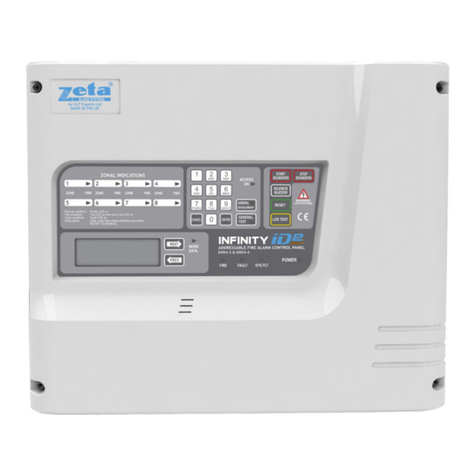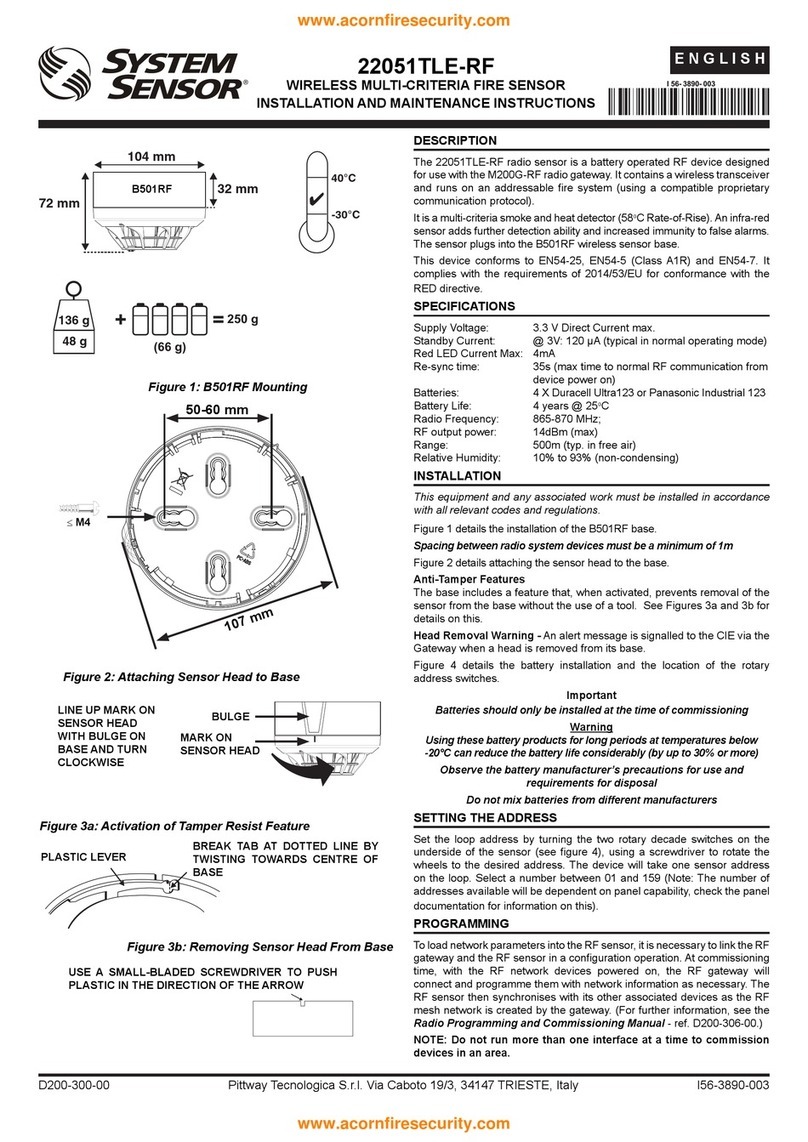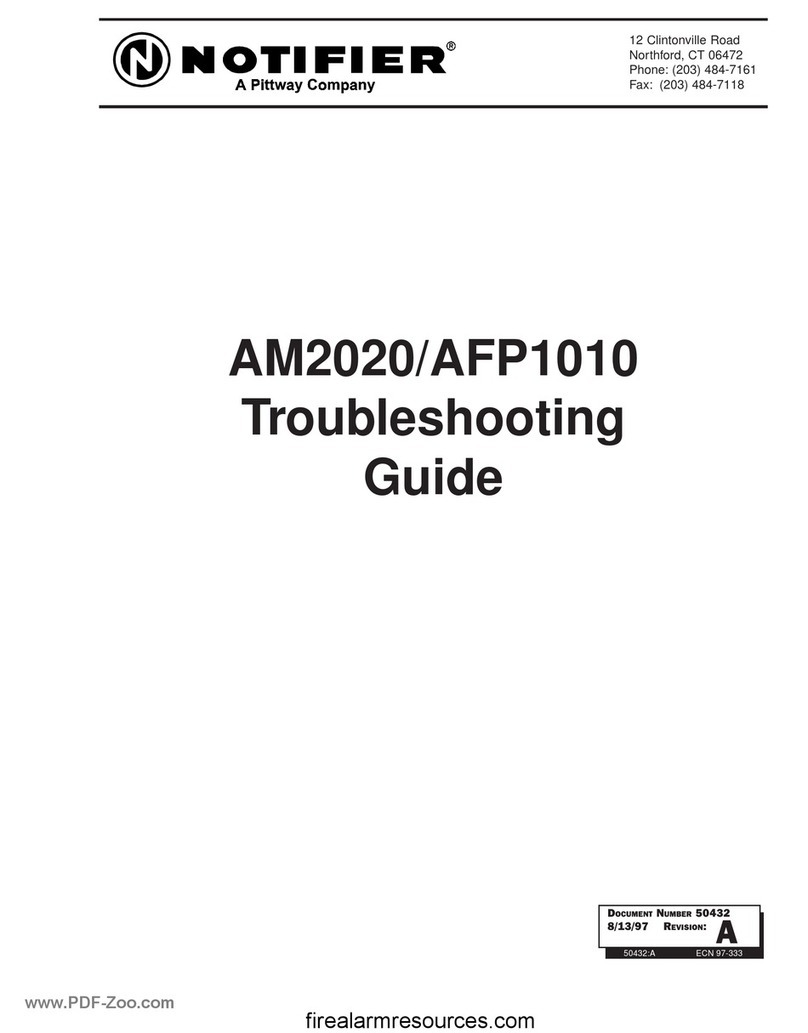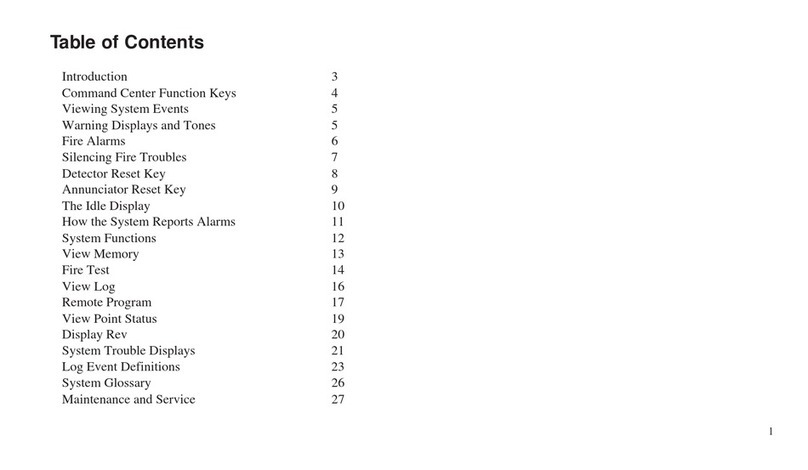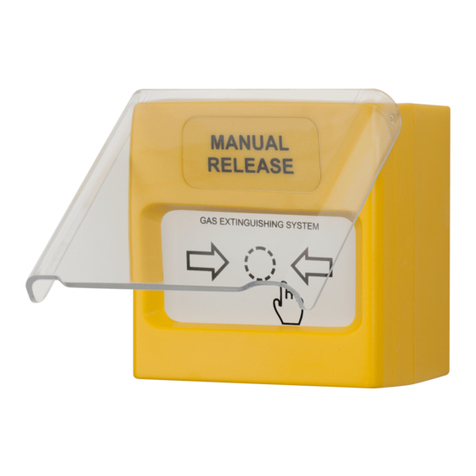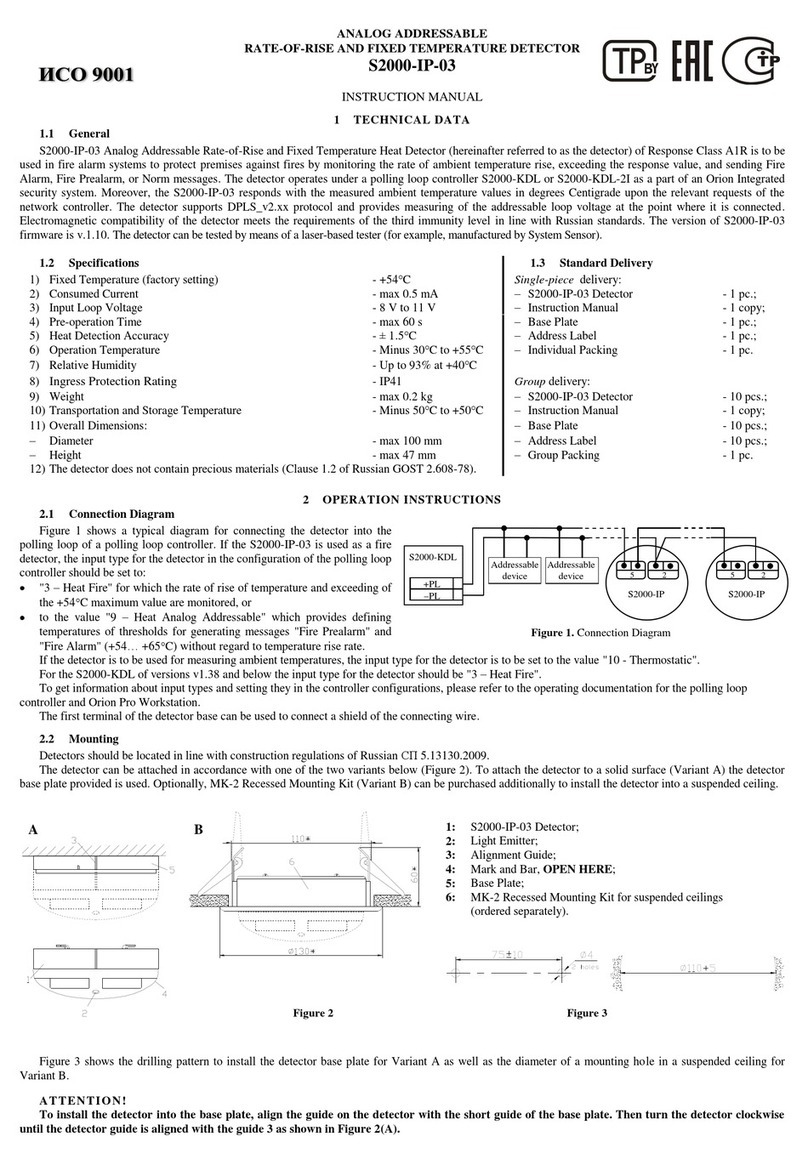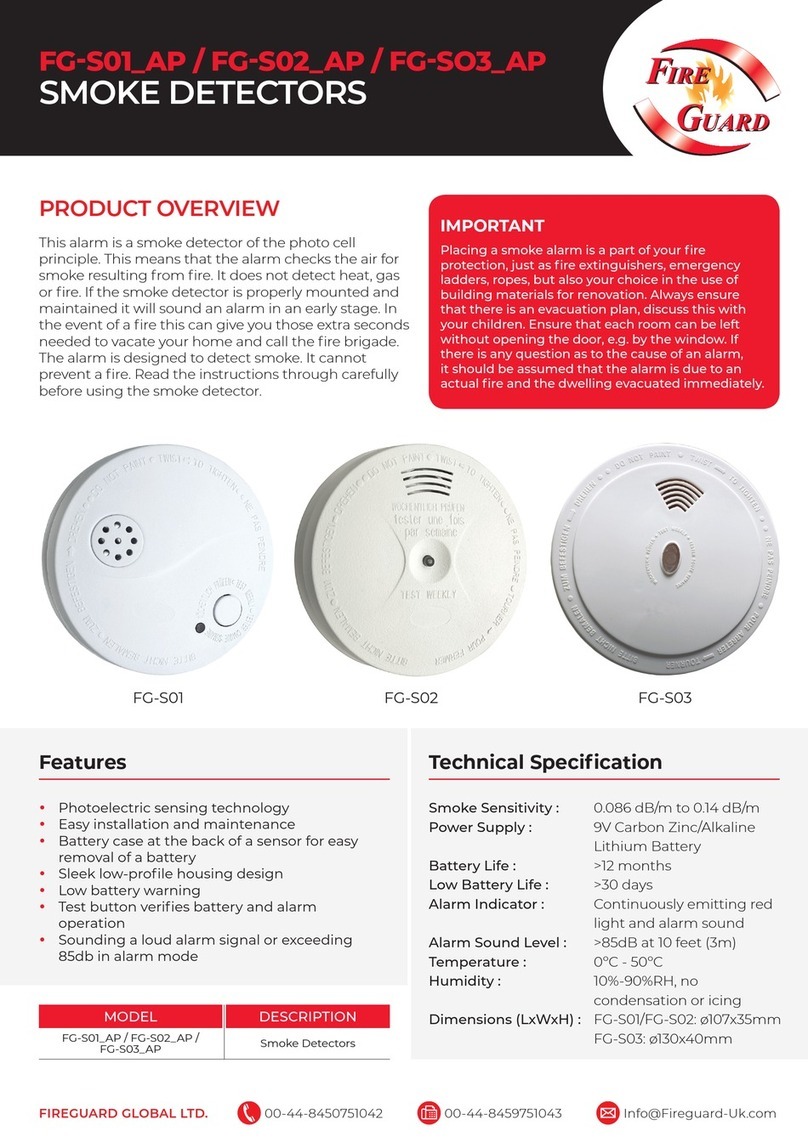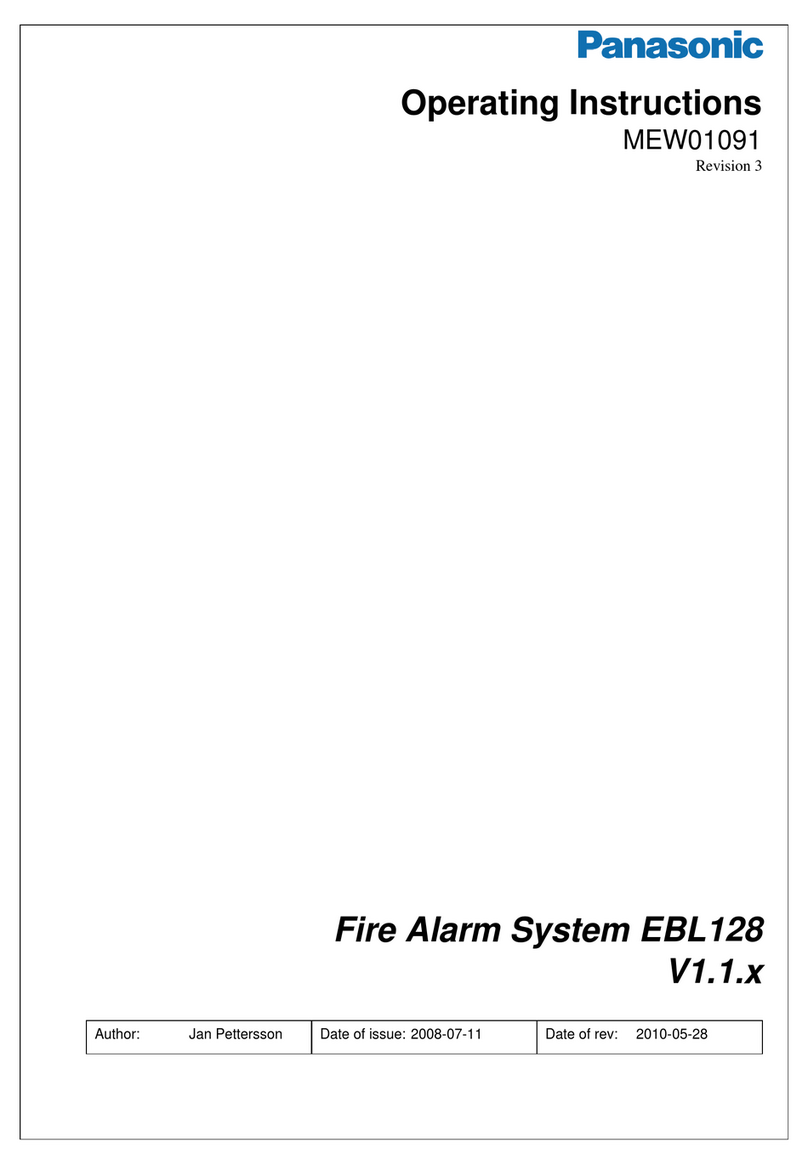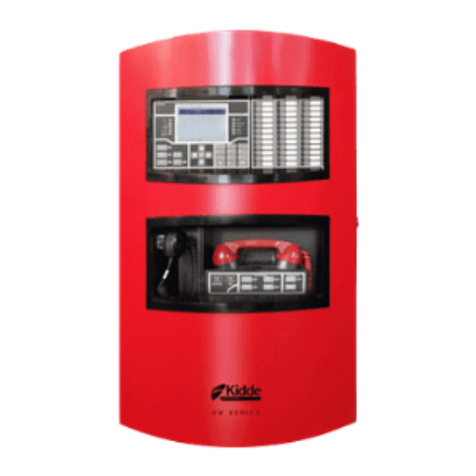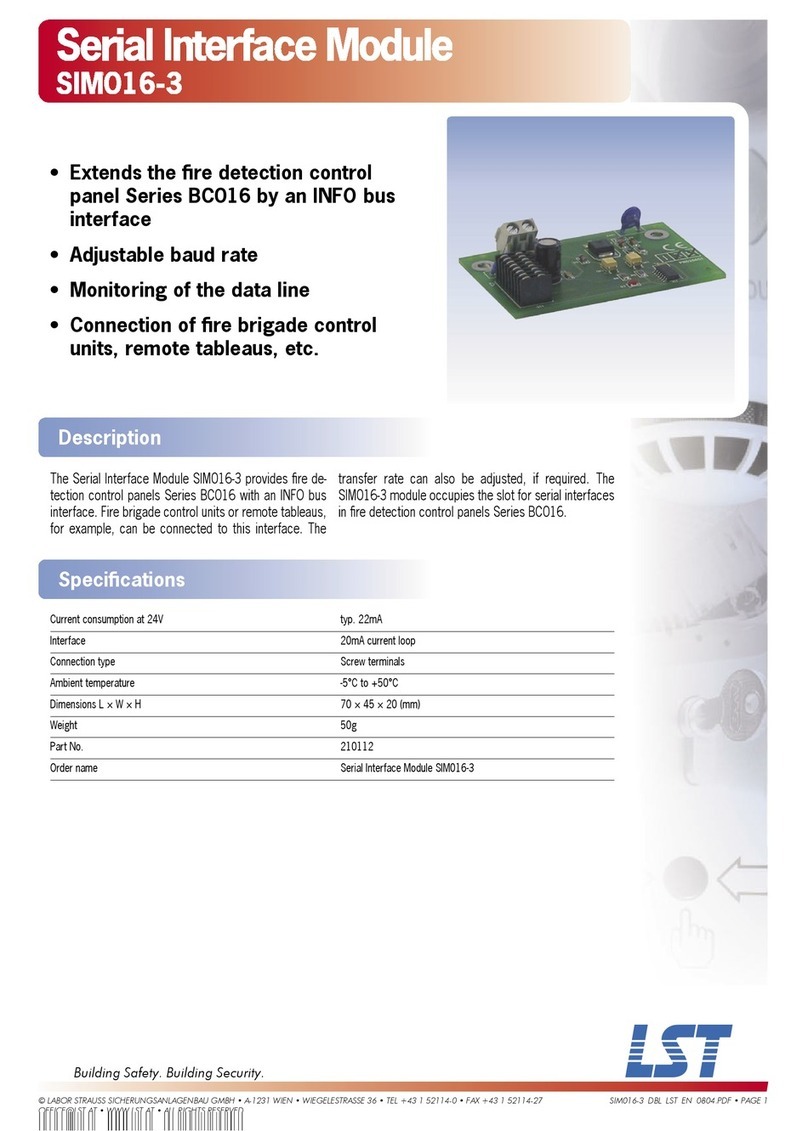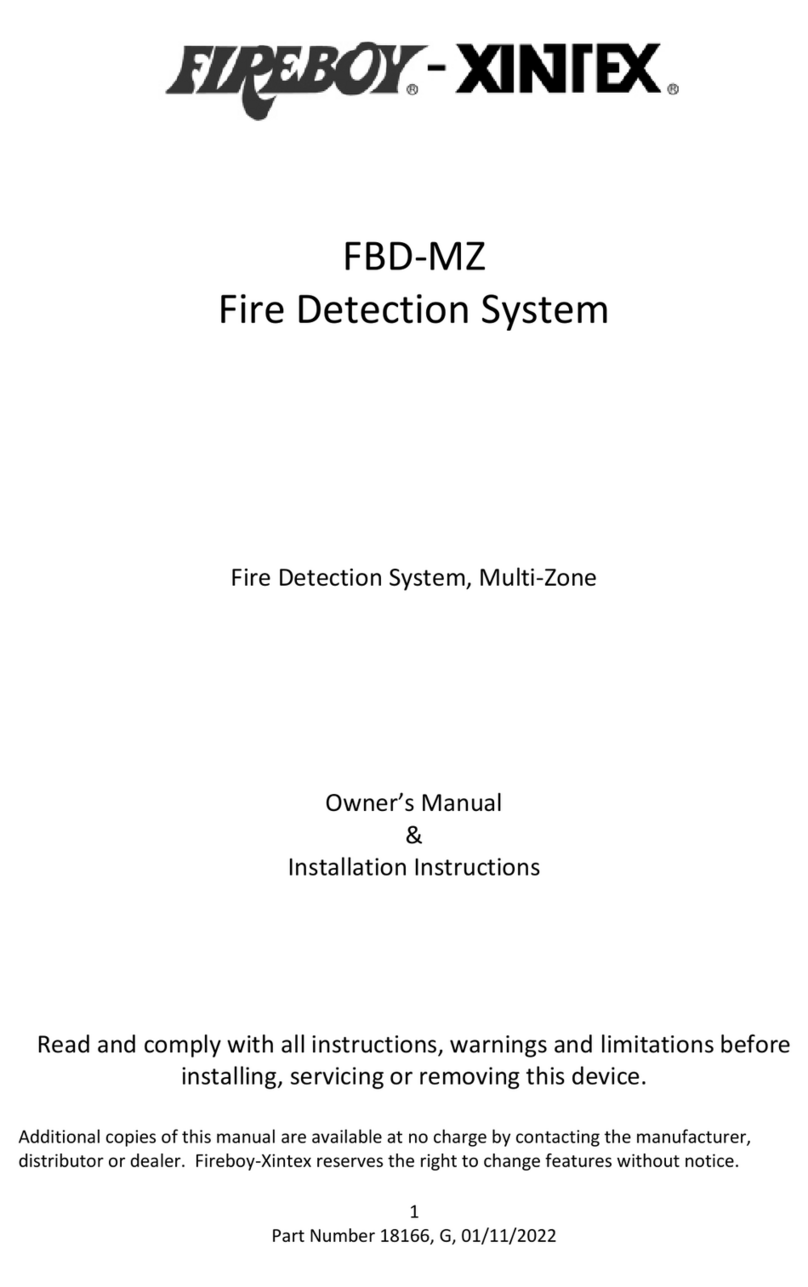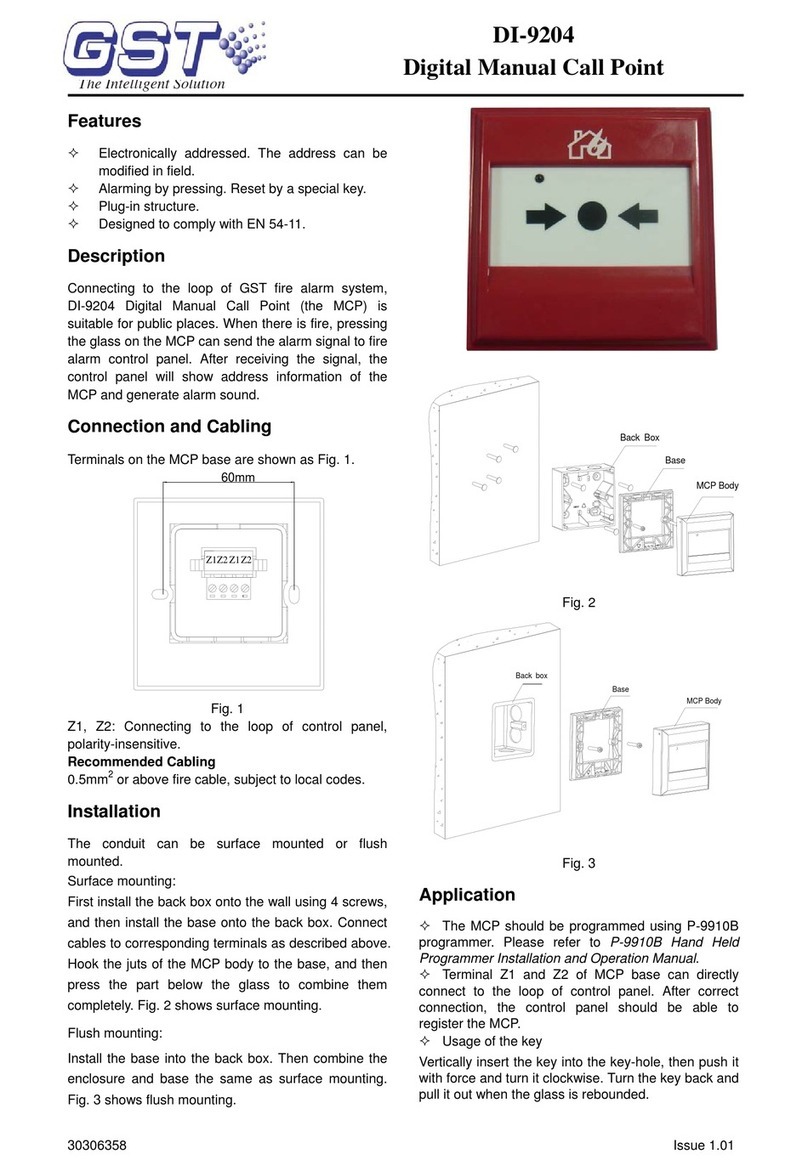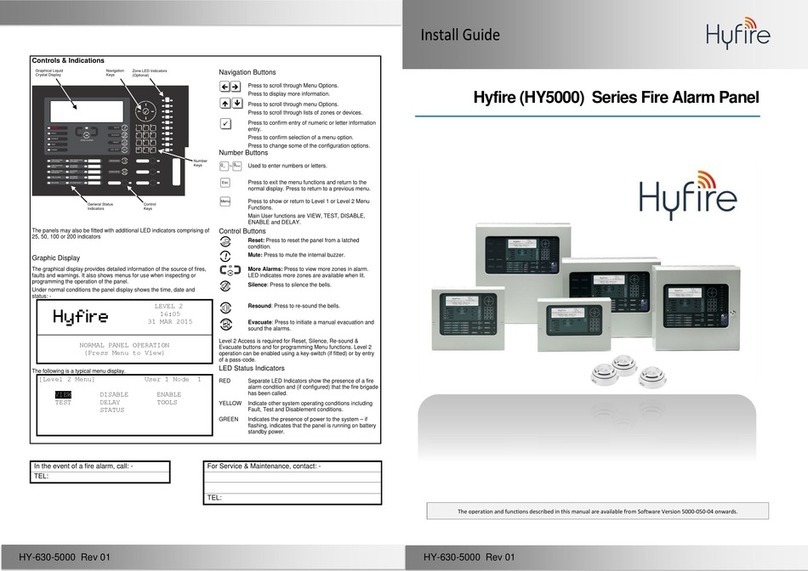
0507347110/160114/B SHIELD fire safety solutions (5k1) | GENERAL | EN - 4
General
The manufacturer does not accept any liability for damage to
the product or personal injury caused by ignoring of the safety
instructions in this manual, or by negligence during installation,
use, maintenance, and repair of the product mentioned on the
cover of this document and any corresponding accessories.
Specific working conditions or used accessories may require
additional safety instructions. Immediately contact your
supplier if you detect a potential danger when using the product.
The user of the product is always fully responsible for
observing the local safety instructions and
regulations. Observe all applicable safety instructions
and regulations.
User manual
- Everyone working on or with the system, must be familiar with
the contents of this manual and must strictly observe the
instructions therein. The management should instruct the
personnel in accordance with the manual and observe all
instructions and directions given.
- Never change the order of the steps to perform.
- Always keep the manual with the system.
Pictograms and instructions on the products (if
present)
- The pictograms, warning and instructions attached to the
products are part of the safety features. They must not be
covered or removed and must be present and legible during
the entire life of the products.
- Immediately replace or repair damaged or illegible
pictograms, warnings and instructions.
Users
- The use of this system is exclusively reserved to well
authorised, trained and qualified users. Temporary personnel
and personnel in training can only use the system under
supervision and responsibility of skilled engineers.
- The system is not to be used by children or persons with
reduced physical, sensory or mental capabilities, or lack of
experience and knowledge, unless they have been given
supervision or instruction.
- Children must be supervised not to play with the system.
Intended use1
The system has been designed exclusively for reducing the risk
of filter fires. In the event of fire, it detects and suppresses fires
at an early stage, thus minimising consequential damage. Using
the system for other purposes is considered contrary to its
intended use. The manufacturer accepts no liability for any
damage or injury resulting from such use. The product has been
built in accordance with state-of-the-art standards and
recognised safety regulations. Only use this system when in
technically perfect condition in accordance with its intended use
and the instructions explained in the installation manual.
Intended use is limited to fire risk and does not involve
explosion risk.
Technical specifications
The specifications given in this installation manual must not be
altered.
Modifications
Modification of (parts of) the product is not allowed.
Product combinations
Since the products are used in combination with other products
and machines, the safety instructions in the documentation of
these products also apply.
Installation
- The installation of these products is exclusively reserved to
well authorised, trained and qualified engineers.
- Electric connection to be executed in accordance with local
requirements. Ensure compliance with the EMC regulatory
arrangements.
- During installation, always use Personal Protective Equipment
(PPE) to avoid injury. This also applies for persons who enter
the work area during installation.
- Use sufficient climbing gear and safety guards when working
on a higher level than 2 meters (local restrictions may apply).
- Never install any product in front of entrances and exits which
must be used for emergency services.
- Mind any gas and water pipes and electric cables.
- Make sure the wall, ceiling or support system is strong enough
to carry each of the products.
- Ensure the workspace is well illuminated.
- Use common sense. Stay alert and keep your attention to your
work. Do not install the product when you are under the
influence of drugs, alcohol or medicine.
- Make sure that the workshop, in the vicinity of the product,
contains sufficient approved fire extinguishers.
Service, maintenance and repairs
- Observe the maintenance intervals given in this manual.
Overdue maintenance can lead to high costs for repair, false
fire alarm and revisions and can render the guarantee null and
void.
- During service, maintenance and repair jobs, always use
Personal Protective Equipment (PPE) to avoid injury. This also
applies for persons who enter the work area.
- Always use tools, materials, lubricants and service techniques
which have been approved by the manufacturer. Never use
worn tools and do not leave any tools in or on the product.
- Safety features which have been removed for service,
maintenance or repairs, must be put back immediately after
finishing these jobs and it must be checked that they still
function properly.
- Use sufficient climbing gear and safety guards when working
on a higher level than 2 meters (local restrictions may apply).
- Ensure the workspace is well illuminated.
2 SAFETY
1. "Intended use" as explained in EN-ISO 12100-1 is the use for which
the technical product is suited as specified by the manufacturer,
inclusive of his directions in the sales brochure. In case of doubt it is
the use which can be deduced from the construction, the model and
the function of the technical product which is considered normal use.
Operating the machine within the limits of its intended use also
involves observing the instructions in the user manual.
WARNING
Observe the national fire protection association
requirements or the authorities having local
jurisdiction.


